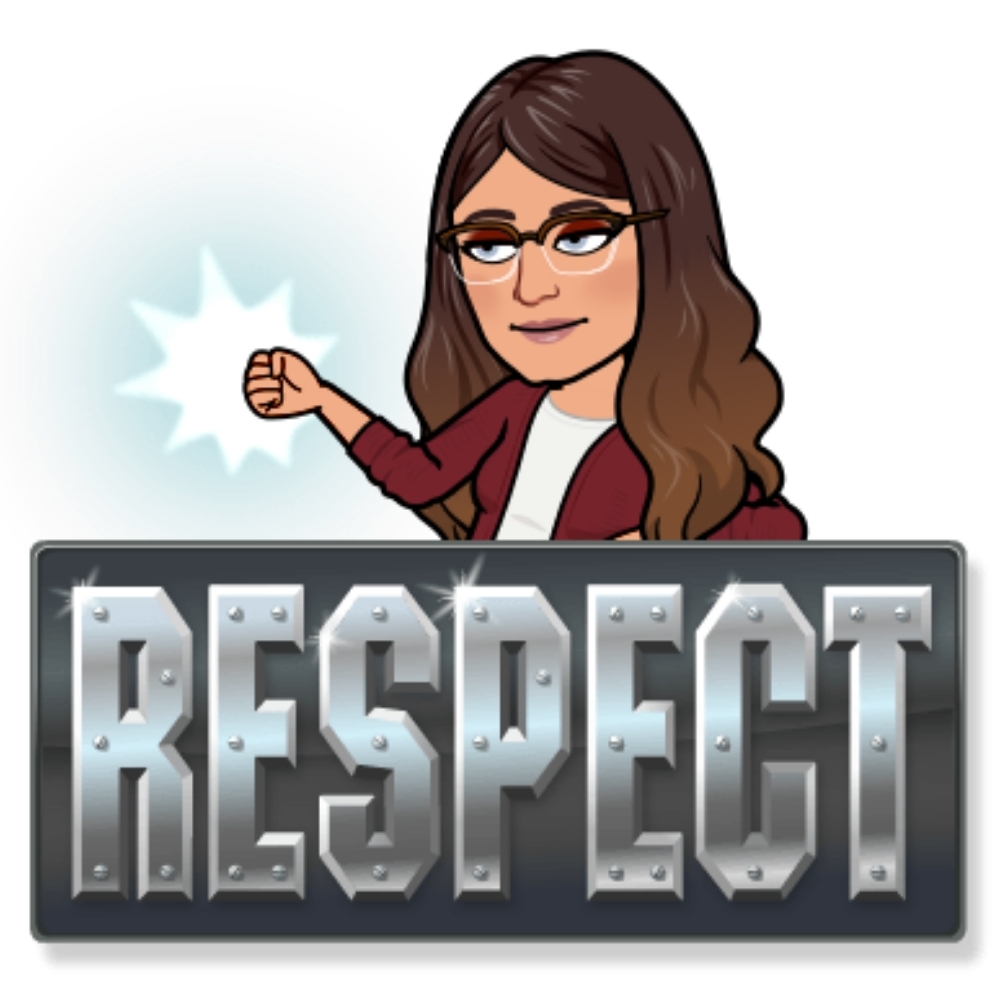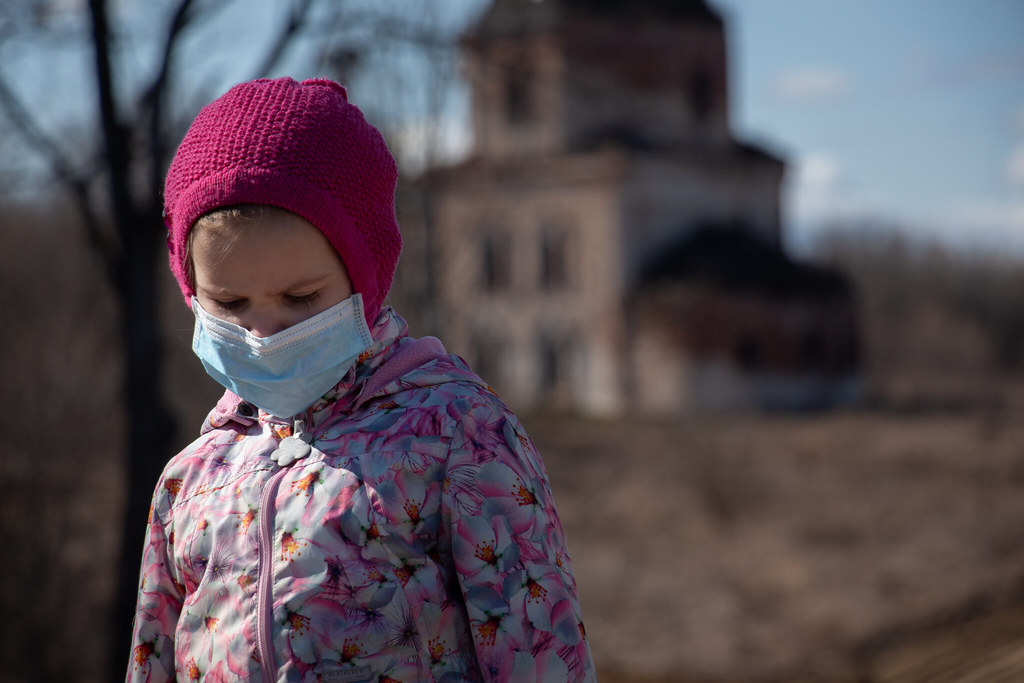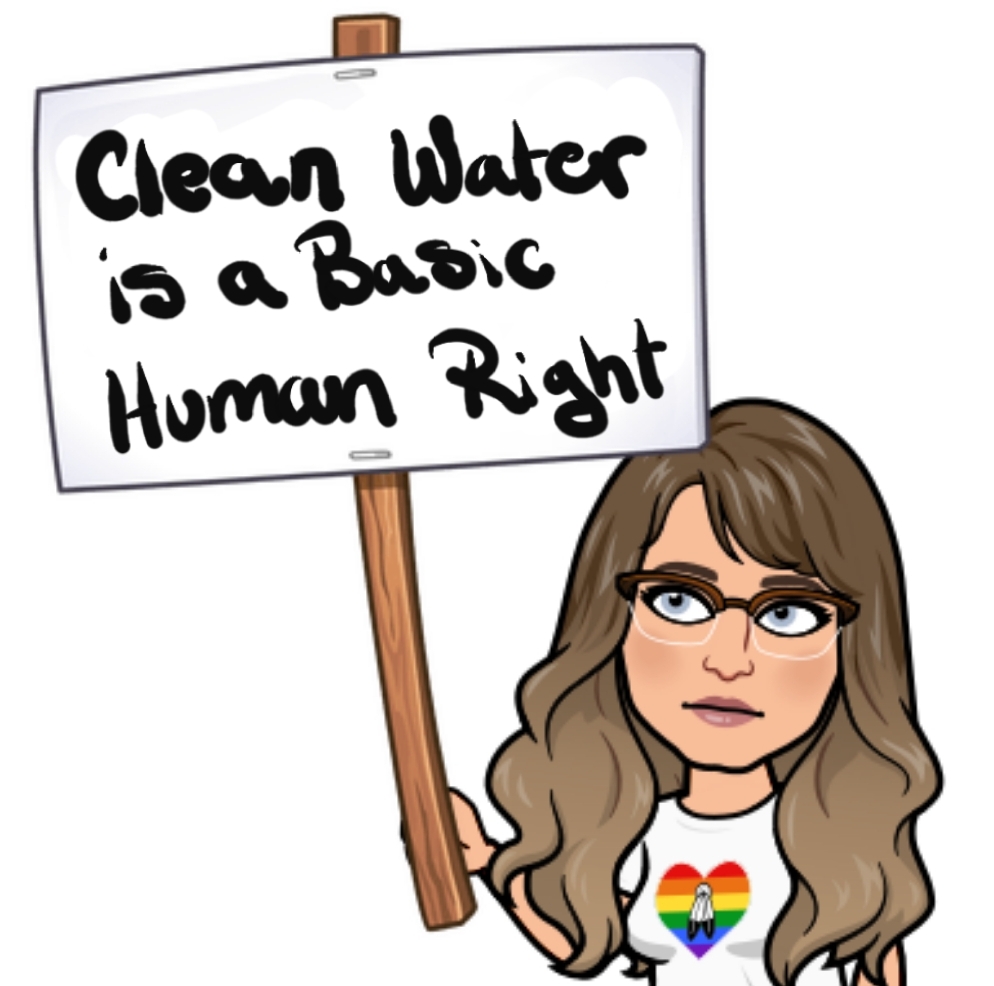Originally posted May 24, 2020.
The Importance of Place

The idea that place is of importance is not a new concept to me. As a child, the importance of place was taught to me by my family. This value was introduced to me through our experiences at the family farm. My family’s farm is a place that means a lot to me. In the mid-1920s, my great-great-grandparents bought the land after immigrating to Canada from Norway, and right now, the farm is owned by my Aunt and Uncle. When I think about the farm, I think about how amazing it is that five generations of my family have had the privilege of calling it home. I grew up in the city for the majority of my life. Still, my immediate family and I spent every weekend and many weekdays at the farm. Due to the connection my family has to this piece of land, we were taught the importance of respecting it. One of the rules of respect for the farm was ‘no littering.’ The ‘no littering’ rule was one that was drilled into me very deeply, as a result, when I invited a friend to the farm for the weekend, that rule was one I usually told them first. Although the story of me telling my friends not to litter shows how much of a snobby control-freak I was as a child, I also think that it highlights how much my family taught me to value our environment.
Fundamental Aspects of Place-Based Education
From my perspective, the fundamental aspects of place-based education are to learn about and understand the importance of places and environments, as well as learning to build connections with places and learning how to respect them.
How can educators give proper respect to places?

As educators, our role is to influence the way people perceive the world by broadening their perspectives. For this reason, it is also an educator’s responsibility to help others learn the value of places and develop a sense of place-consciousness. In Greenwood’s article about place-conscious education, he describes the role that place-consciousness has in a person’s understanding of the world, “[P]lace-consciousness can lead to vital understandings of our relationships with each other and the culturally situated, biophysical world.” (p. 93). If an educator can instill a sense of place-consciousness in their students, they can ideally also learn to understand the world around them better, and in-turn learns the value of place. Educators can also help influence respect for places by helping their students develop connections to the environment. In Jennifer D. Adams and Brett Branco’s article, they discuss how educators can play a role in creating a connection to places and the environment in their students. Adams and Branco also talk about how the best way to learn to respect the environment is to experience an environment and develop a relationship with it.
Drawing from the main ideas of both these articles, I believe that educators can best show respect to place through teaching others how to respect place by helping their students develop relationships with place.
My Questions for Further Discussion
What type of experiences could an educator expose their students to, to help their students develop relationships with places?
What makes living things co-dependent on their environment?





